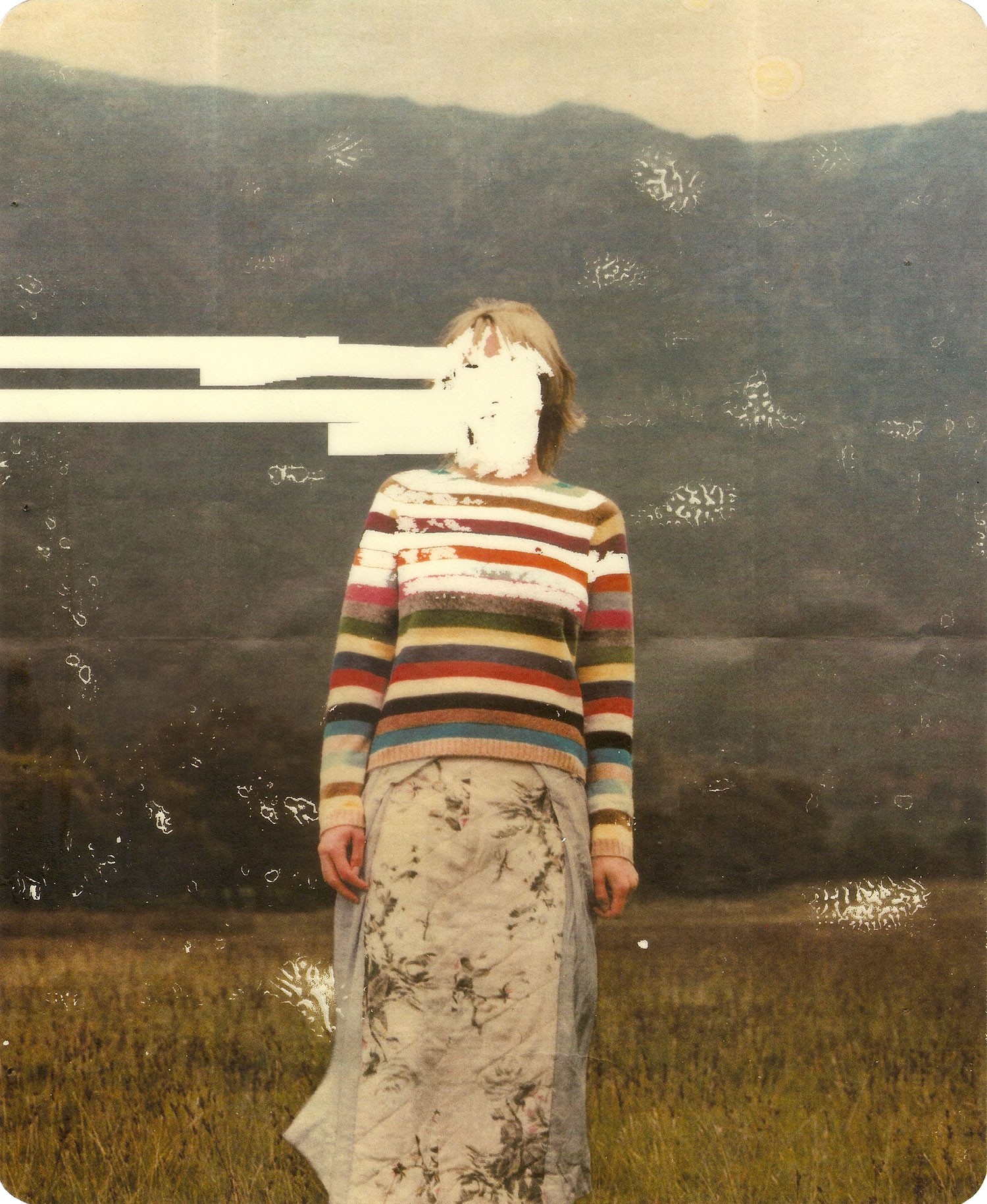

Today we’d like to introduce you to Hollis Brown Thornton.
Hi Hollis, we’d love for you to start by introducing yourself
Growing up, art was a natural hobby, mostly graphite and colored pencil on paper. It was largely influenced by Saturday morning cartoons and comic books, as well as your common pop culture of the 80s. In high school, I took as many art classes as possible, as well as spending my study hall time in the art room. My high school art teacher Mrs. Smith was probably the first person outside of my family to recognize this inherent interest. I went to the University of South Carolina as a business major expecting to work at Hutson-Etherredge Companies, a family-owned insurance agency, but halfway through my junior year I changed to studio art. It added an extra year to college but was for the best. I studied under Philip Mullen, who has been a good friend and supporter over the years. After college, I eventually moved to Chicago, where I spent 4 years. I was director at Mongerson Gallery and installation assistant at Russell Bowman Art Advisory. In 2005, I returned to South Carolina, where I continue to work as a full-time artist.
We all face challenges, but looking back would you describe it as a relatively smooth road?
I’d say the first few years out of college were the toughest. I was in a state of limbo, not really knowing what to do other than continue to make work. The first year, I had a studio space in Columbia, SC, but lived with my family an hour away in Aiken, SC. So, I’d sleep on the couch in my studio for a few days and then go back home for a night to eat. After a year in Columbia, I moved to the tiny town of Modoc, SC, where my family has a lake house. That was a year where I was completely isolated, outside of friends visiting or trips back to Columbia. This was 2000 and 2001, years before social media. I spent that entire winter working constantly but seeming making no tangible progress. I’d say that time and those years, the feeling of obscurity was a challenge.
Thanks – so what else should our readers know about your work and what you’re currently focused on?
I paint, draw, and make prints with a photo transfer process. I like working with images from the past, from pop culture to family photos, with the simple notion that we know our time is limited. I’m mostly known for my drawings of outdated media (VHS, Cassettes, Atari games) and my images of old photos with the identities of the figures hidden. I’d say my techniques and nuances set me apart from others. The understanding of the variables in my printmaking process that can seem rather simple on the surface but are difficult to control. I try to balance the pursuit of precision in my drawings and the release of that control on my paintings. A lot of the little things you learn in 20+ years that can be rather difficult to replicate. In regards to pride, just making it over the years.
We’d love to hear about what you think about risk-taking?
Deciding on a career in art is a risk. That being said, I made that decision when I was 20, so it is more like risk in retrospect. The only times I take risks is when I feel stagnant when my work doesn’t feel like it has momentum. I’ve always associated productivity with a snowball effect, where you are building new ideas while you are working. Once that stops happening and that energy starts to go, I’ll take a risk, so something to change the cycle. Over 12 years ago I had that feeling and went to Target and bought a handful of Crayola markers, not knowing what I’d do with them. And to this day I’m thankful I took that random risk. So, I’d say I take risks on the small scale. Spend a few days working a tangent idea. If it fails, it is a simple piece of the process.
Contact Info:
- Email: hollisbrownthornton@gmail.com
- Website: http://www.hollisbrownthornton.com
- Instagram: https://www.instagram.com/hollisbrownthornton
- Facebook: https://www.facebook.com/hollisbrownthornton
- Other: https://hollisbrownthornton.tumblr.com



















